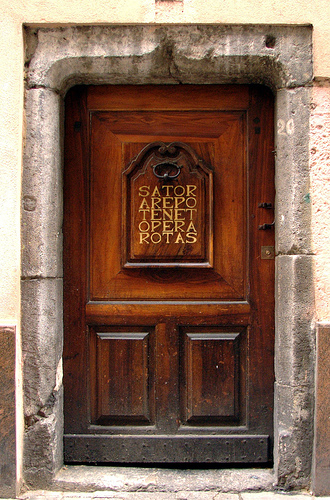Posted by md
on August 10, 2008

FreeRTOS is an open-source realtime operating system for microcontrollers. The ATMega644 of ATMEL provides 64KB of flash program memory in a DIY-friendly 40-pin PDIP package. Read on for how to combine both to my new software development platform.
Continue reading…
Posted by md
on July 29, 2008

At work I needed to generate random numbers following a combination of two gaussian distributions – which gave me some headache until someone pointed me to using a Monte Carlo approach. Here’s how.
Continue reading…
Posted by md
on April 19, 2008

This weekend, I solved problem 4 of Project Euler:
A palindromic number reads the same both ways. The largest palindrome made from the product of two 2-digit numbers is 9009 = 91 × 99.
Find the largest palindrome made from the product of two 3-digit numbers.
I designed a routine that checks whether a given number is a palindrome. This routine is then used inside two loops iterating from 999 downto 0. The first hit is the largest palindrome. The core functionality is here:
bool Problem4::isPalindrome(long number) {
bool retval = false;
std::vector
digits;
while (number > 0) {
long lastdigit = number % 10;
digits.push_back(lastdigit);
number = number / 10;
}
reverse(digits.begin(), digits.end());
std::vector::iterator front = digits.begin();
std::vector::iterator back = –digits.end();
retval = false;
while (! (front >= back)) {
if ((*front) == (*back)) {
retval = true;
// move iterators to the next digits
front++;
back–;
} else {
// cannot be a palindrome, back out
retval = false;
break;
}
}
return retval;
}
This implementation reverses the vector. By using the front and back operators in the other direction, this could be left out. But it serves its purpose for now. You can get the full sourcecode from the download page. Please note that the code in the tarball calculates *all* palindromes smaller than 1000000.
The picture was CCed on flickr by TisseurDeToile -[mangerait bien un petit chat]-.


 This weekend, I solved problem 4 of Project Euler:
This weekend, I solved problem 4 of Project Euler: